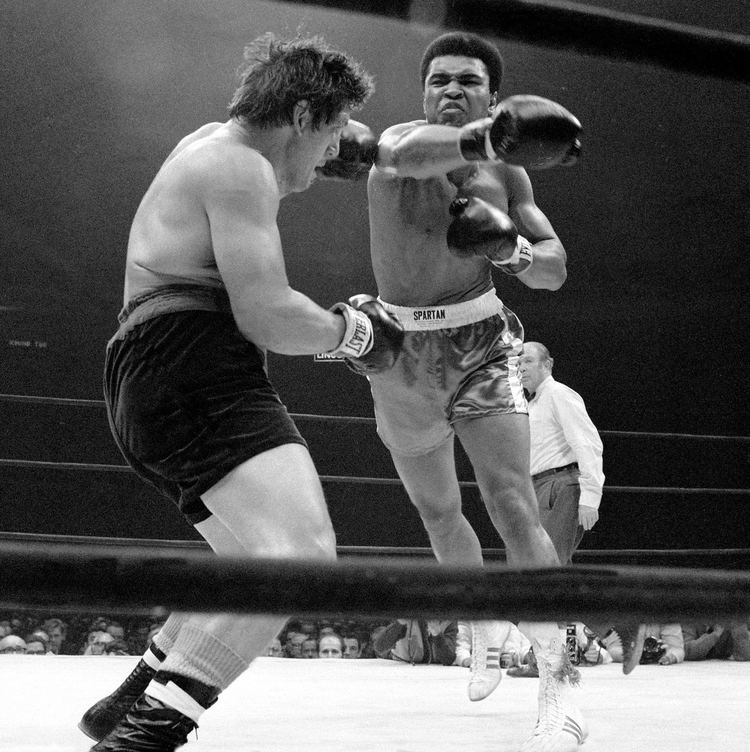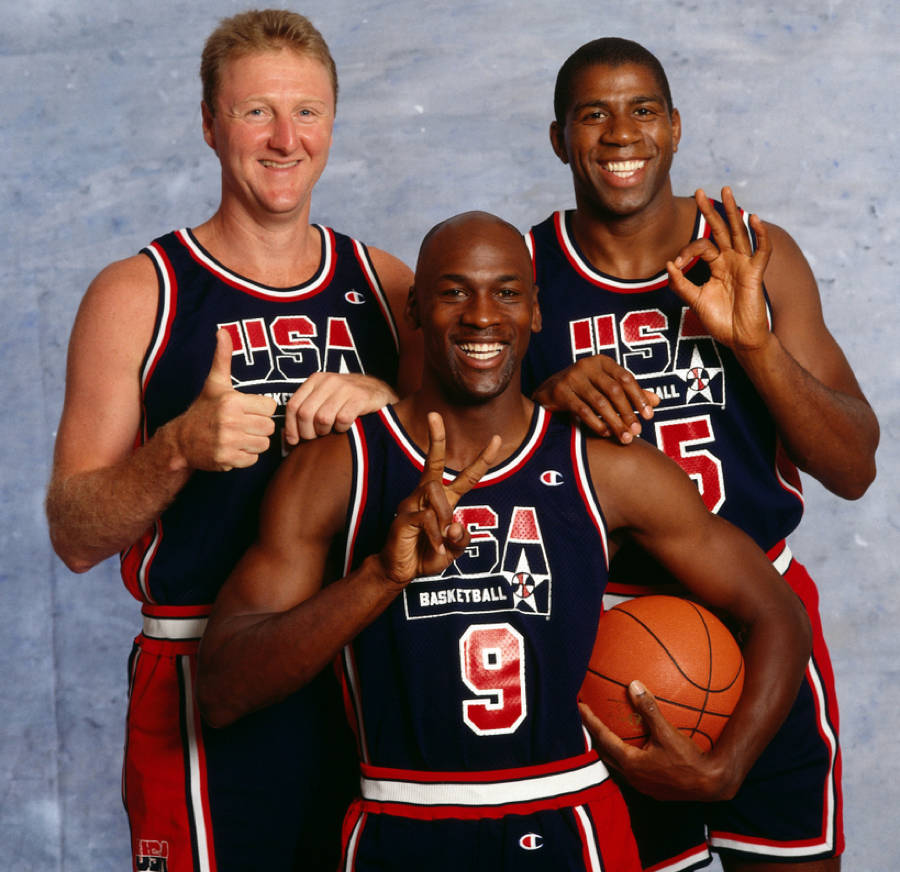Neil Leifer: The Legendary Photographer Who Changed Sports Photography Forever
There’s something magical about capturing moments that freeze time forever. When we talk about iconic sports photography, Neil Leifer’s name is practically a legend in its own right. His work has not only defined how we see sports but also how we remember history. If you’re into photography or sports, Neil Leifer is someone you need to know about. And no, this isn’t just another boring article—it’s a deep dive into the life, achievements, and legacy of a man who turned cameras into time machines.
Neil Leifer didn’t just take pictures; he told stories through his lens. From Muhammad Ali’s legendary fights to football fields filled with drama, his photographs have become cultural touchstones. His ability to capture the raw emotion, intensity, and humanity of athletes is unmatched. This guy wasn’t just clicking buttons—he was crafting moments that would live forever in history books.
But what makes Neil Leifer so special? Why does his work still resonate with us today, decades after many of his most famous shots were taken? Well, buckle up because we’re about to explore everything you need to know about this iconic photographer—and trust me, it’s gonna be one heck of a ride!
Read also:Where Is Cara Beeles Wife From Unveiling Her Roots And Fascinating Journey
Biography of Neil Leifer
Before we dive into the nitty-gritty of his career, let’s get to know the man behind the lens. Neil Leifer wasn’t born with a camera in his hand, but he sure grew up loving sports and photography. Born on August 10, 1945, in Brooklyn, New York, Leifer developed a passion for both sports and photography at an early age. This combination would later become the foundation of his legendary career.
Early Life and Education
Growing up in Brooklyn, Leifer was surrounded by a world full of sports. His father was a boxing fan, and young Neil often accompanied him to matches. This early exposure to the world of sports fueled his love for capturing the action on film. By the time he was 12, Leifer had already started taking photos of local baseball games with a simple Kodak Brownie camera.
School wasn’t exactly his thing, but photography was. He attended the High School of Art and Design in Manhattan, where he honed his skills and learned the technical aspects of photography. It was during this time that he realized he wanted to make sports photography his life’s work.
Neil Leifer’s Personal Data
| Full Name | Neil Leifer |
|---|---|
| Date of Birth | August 10, 1945 |
| Place of Birth | Brooklyn, New York |
| Profession | Sports Photographer |
| Education | High School of Art and Design, Manhattan |
Neil Leifer’s Career: The Journey Begins
Leifer’s career kicked off when he was just 16 years old. He landed his first big break when he photographed the 1962 Army-Navy football game for Sports Illustrated. That single photo earned him $40 and launched a career that would span decades. But this wasn’t just any ordinary gig—it was the beginning of a lifelong partnership with Sports Illustrated, a collaboration that would define sports photography as we know it today.
Breaking Into the Big Leagues
After his initial success, Leifer quickly became one of the go-to photographers for Sports Illustrated. He covered everything from boxing matches to football games, always pushing the boundaries of what sports photography could achieve. His work was characterized by its raw intensity and ability to capture the essence of the sport and its athletes.
One of his most famous photos, taken during the 1965 heavyweight championship fight between Muhammad Ali and Sonny Liston, perfectly illustrates his talent. In the photo, Ali towers over the fallen Liston, a moment that has become iconic in boxing history. This image not only solidified Leifer’s reputation but also redefined how sports moments were captured and remembered.
Read also:Modo Gen Unlocking The Secrets Of A New Era In Gaming
The Art of Sports Photography
But what exactly makes Neil Leifer’s work stand out? It’s not just about having a good camera or being in the right place at the right time. Leifer’s approach to sports photography was revolutionary. He believed in capturing the emotion, drama, and humanity of sports, not just the action.
Techniques That Made Him Famous
- Low Angles: Leifer often shot from low angles to give his photos a sense of grandeur and intensity.
- Close-Ups: His close-up shots captured the raw emotion of athletes, making viewers feel like they were part of the action.
- Storytelling: Each photo was a story in itself, telling a narrative that went beyond the game itself.
These techniques didn’t just make his photos look good; they changed the way people viewed sports photography. Leifer turned photos into art, and art into history.
Neil Leifer’s Most Iconic Photos
Over the course of his career, Neil Leifer captured countless iconic moments. But some stand out more than others, not just for their technical brilliance but for their cultural significance.
Muhammad Ali vs. Sonny Liston
As mentioned earlier, the photo of Ali standing over Liston is one of Leifer’s most famous works. But what makes this photo so special? It’s not just the moment itself—it’s how Leifer captured it. The raw power, emotion, and historical significance of that moment are all encapsulated in a single frame. This photo has been called one of the most important images in sports history, and for good reason.
The 1970s NFL Era
Leifer also made a name for himself in football photography. His work during the 1970s NFL era is legendary, capturing the grit and intensity of the game. One of his most famous football photos features Joe Namath celebrating a victory, a moment that perfectly encapsulates the era’s spirit.
Legacy and Impact
Neil Leifer’s impact on sports photography is immeasurable. He didn’t just capture moments; he created memories that would last a lifetime. His work has influenced countless photographers and continues to inspire new generations. But his legacy goes beyond just photography.
Influencing Future Generations
Leifer’s approach to sports photography has become a benchmark for aspiring photographers. His emphasis on storytelling, emotion, and technical skill has set a standard that many strive to achieve. Today, you can see his influence in everything from professional sports photography to amateur snapshots.
Challenges Faced by Neil Leifer
Of course, Leifer’s career wasn’t without its challenges. In the early days, sports photography wasn’t exactly a glamorous profession. He faced skepticism from critics who didn’t see the value in capturing sports moments. But Leifer proved them wrong time and time again, turning what some saw as a niche field into a respected art form.
Overcoming Skepticism
One of the biggest challenges Leifer faced was proving that sports photography was more than just capturing action. He had to convince people that it was about telling stories, capturing emotions, and creating art. And he did it with such passion and dedication that it’s hard to argue with the results.
Neil Leifer in the Modern Era
Even today, Neil Leifer’s work remains relevant. In an era dominated by digital photography and social media, his analog approach and timeless techniques continue to inspire. His photos remind us that sometimes, the simplest tools can create the most powerful images.
The Digital Revolution
While the digital revolution has changed the photography landscape, Leifer’s work remains timeless. His ability to capture the essence of a moment, regardless of technology, is a testament to his skill and vision. As photography continues to evolve, Leifer’s legacy serves as a reminder of the importance of storytelling and emotion in every image.
Lessons We Can Learn from Neil Leifer
So, what can we learn from Neil Leifer? A lot, actually. His career teaches us the importance of passion, dedication, and vision. Whether you’re a photographer, an artist, or just someone who appreciates great images, there’s something to be gained from studying his work.
Key Takeaways
- Passion: Leifer’s love for sports and photography drove him to greatness.
- Dedication: His commitment to his craft is evident in every photo he took.
- Vision: His ability to see beyond the action and capture the story is what makes his work so powerful.
Conclusion: Neil Leifer’s Enduring Legacy
Neil Leifer didn’t just take pictures; he created history. His work has left an indelible mark on sports photography, and his influence continues to be felt today. Whether you’re a fan of sports, photography, or just great storytelling, Neil Leifer’s legacy is something worth exploring.
So, what do you think? Did this article give you a new appreciation for Neil Leifer and his work? Let us know in the comments below! And if you enjoyed this piece, don’t forget to share it with your friends. Who knows? You might just inspire someone else to pick up a camera and start capturing their own moments of history.
Table of Contents
- Biography of Neil Leifer
- Early Life and Education
- Neil Leifer’s Personal Data
- Neil Leifer’s Career: The Journey Begins
- Breaking Into the Big Leagues
- The Art of Sports Photography
- Techniques That Made Him Famous
- Neil Leifer’s Most Iconic Photos
- Muhammad Ali vs. Sonny Liston
- The 1970s NFL Era
- Legacy and Impact
- Influencing Future Generations
- Challenges Faced by Neil Leifer
- Overcoming Skepticism
- Neil Leifer in the Modern Era
- The Digital Revolution
- Lessons We Can Learn from Neil Leifer
- Key Takeaways


